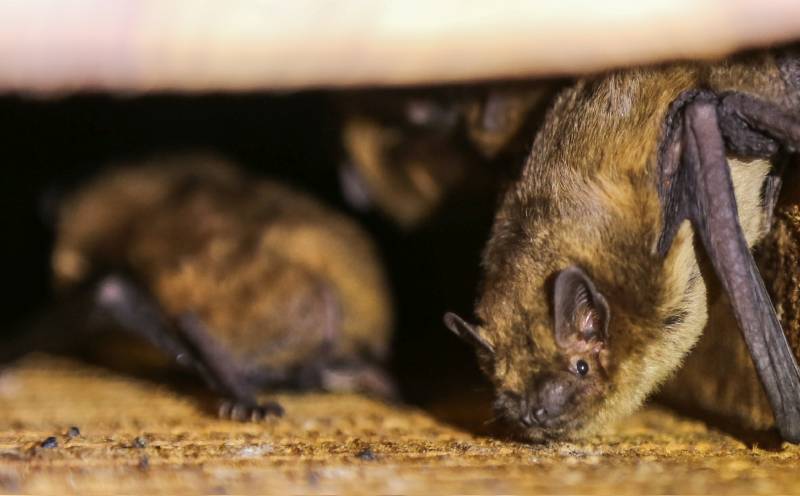
Farmers and landowners looking to renovate their buildings have been told to be aware of bats this Halloween.
Bats are an increasing problem when it comes to undertaking renovation works, according to rural property consultancy Galbraith.
Over the winter months bats hibernate to stay out of the cold weather and rural buildings, in particular, present an ideal warm roosting site for female bats to rear their young.
The UK is home to numerous species of bats, many with European protection.
As such, special consideration has to be given to them when undertaking building projects where bats have taken up home, as not only do bats have strong legal protection, their roosts do too.
Bats are woodland animals, but many species have come to use roosting sites in buildings as the availability of natural roosting sites in trees has fallen.
They have well established traditions and tend to return to the same sites year after year. Bats use buildings such as houses, churches, bridges and schools.
Galbraith has advised a number of clients on how to deal with bats and other protected species whilst undertaking building projects, particularly in the rural sector where bats thrive.
Special measures have to be implemented to adhere to ecological legislation and project design has to be carefully considered where bats have been found to be occupying a building.
Failure to comply with legislation can lead to criminal prosecutions.
In many cases a series of ecology surveys will be required to be carried out by specialist ecologists, over a period from May to August when bats are out of hibernation.
Before works can commence work may need to be licenced by Scottish Natural Heritage.
James Taylor, of the Galbraith building surveying team, said: “When planning any project that creates a risk of disturbance to bats, or indeed any other protected species during their breeding cycle, it is vital to start preparations early and plan ahead.
“There are a range of measures that can be undertaken including the timing of the work to avoid the breeding season, installation of bat boxes to re-house any bats found during the work and specifying the installation of lead slates in new roofs to maintain access for bats in future.
“The use of under slate breathable membranes can be problematic where bats are present as bats can become entangled in the membrane.
“Therefore, the design of the roof has to be carefully considered and the introduction of alternative roof felts and roof ventilation factored in, depending on the roof structure and design.”
